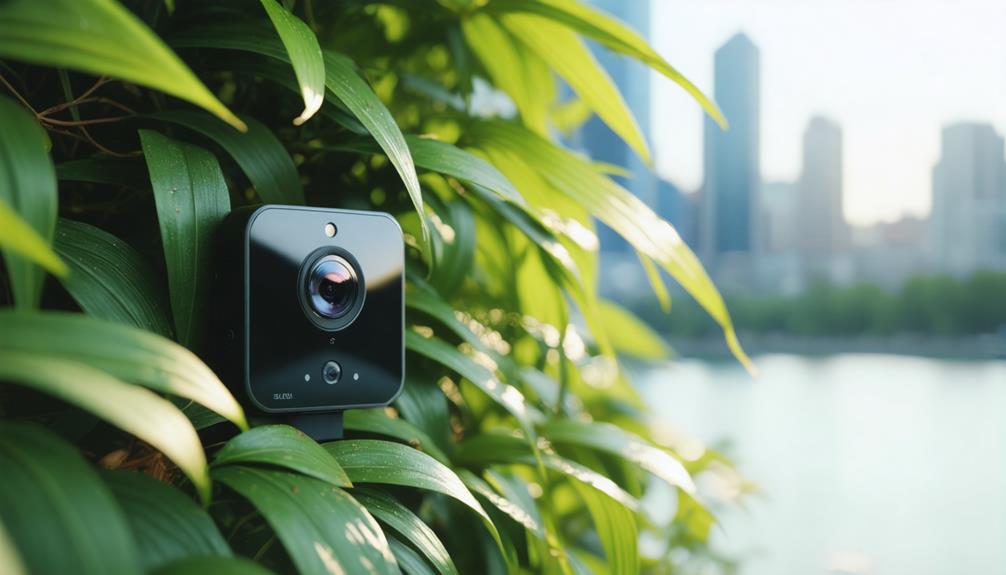
Brainstorm Security Shop

For Orders Over $199

On Any Of Our Products

Details On Refund Page
You’ve likely considered enhancing your home security, and outdoor motion detection cameras could be a pivotal piece of that puzzle. Imagine not just recording but also receiving alerts when someone approaches your property, whether it’s day or night. These cameras blend seamlessly with your smart home system, allowing you to monitor everything remotely. But before you decide on the best model for your needs, you should understand the nuances of their technology and features. What’s more, you might be curious about the legalities and best practices for installation and maintenance—topics we’ll explore next.
Motion detection technology in outdoor cameras functions by sensing changes within a defined area, alerting you instantly if there’s any activity. This technology primarily relies on motion sensing principles and infrared technology, which are key to its effectiveness.
You might wonder how this works. Well, these cameras use passive infrared sensors (PIR) to detect levels of infrared radiation. Whenever anything that emits heat moves within the sensor’s range, like a person or animal, the camera catches this change in radiation.
The beauty of infrared technology lies in its ability to operate in various lighting conditions, from the bright noon sun to the dead of night. It doesn’t require visible light to detect presence, which makes it incredibly useful for outdoor surveillance. You’re not just limited to daylight hours; you’re covered around the clock.
Understanding these principles helps you grasp why motion detection is so reliable. It’s not just about recording what happens, it’s about smartly recognizing when something out of the ordinary occurs, ensuring you’re alerted immediately.
This immediate notification allows you to respond swiftly, whether that’s checking the live feed or reviewing the recorded footage, keeping your property secure.
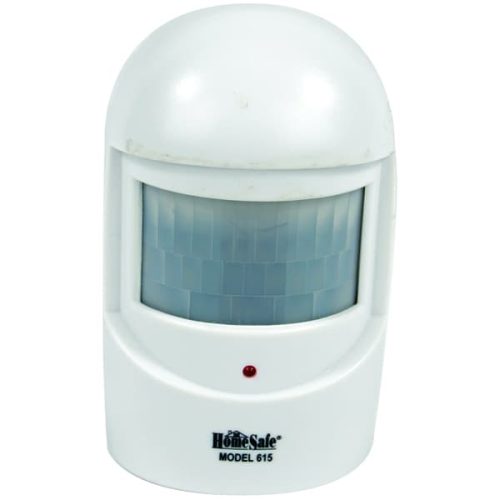
When you’re choosing outdoor cameras, it’s crucial to consider their weather resistance qualities to ensure they can withstand various elements.
You’ll also want to check for night vision capabilities, which are essential for capturing clear footage in low light conditions.
Lastly, consider how the camera’s connectivity and integration options fit with your existing home security system.
Facing rain, snow, or blistering heat, outdoor motion detection cameras are built to withstand extreme weather conditions. You need to check their waterproof ratings first. These ratings, like IP67 or IP68, ensure that your cameras won’t succumb to moisture or dust.
High temperature tolerance is also crucial. Your cameras should operate effectively in both freezing temperatures and extreme heat without malfunctioning.
Material durability is another key factor. The casing of your cameras should offer rust resistance and UV protection to prevent deterioration over time. You don’t want the sun’s harsh rays or salty air, if you’re near the ocean, eating away at your investment.
Consider the environmental impact as well. Opt for cameras made with sustainable materials that don’t compromise on durability.
Maintenance frequency is something you can’t ignore. Cameras with higher durability typically require less frequent checks and repairs, saving you time and hassle, especially during harsh weather months.
Seasonal performance variations should be minimal, ensuring reliable surveillance all year round.
When selecting your outdoor motion detection cameras, make sure they match up to these standards. This way, you’ll ensure longevity and effective performance, no matter the weather conditions.
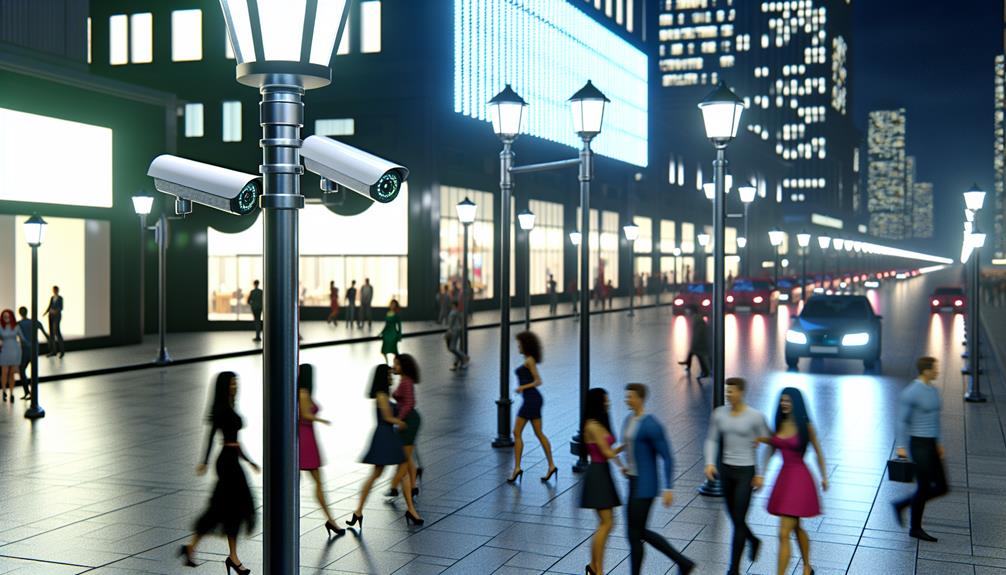
Outdoor motion detection cameras with night vision are essential for ensuring your property is secure around the clock. These cameras are equipped with advanced infrared technology that allows them to capture clear images, even in complete darkness. This means you can rest easy, knowing you’ll have a reliable set of eyes on your property at all times, no matter the lighting conditions.
When choosing a camera, it’s crucial to consider its low light performance. Cameras that excel in dim environments use infrared LEDs to illuminate the area without being visible to the human eye. This feature ensures that even in the darkest hours, your camera is discreetly working to keep your home safe. You won’t have to worry about intruders slipping by unnoticed or critters sneaking around undetected.
Moreover, the best night vision cameras automatically switch between daytime and nighttime modes, optimizing their performance based on the available light. This seamless transition guarantees that your surveillance coverage is uninterrupted, providing consistent, high-quality footage.
Many modern outdoor motion detection cameras offer robust connectivity and integration features, allowing you to seamlessly link them with your existing home security system or smart home devices.
These cameras typically support a variety of wireless protocols, including Wi-Fi, Bluetooth, and Zigbee, ensuring they can easily integrate into your network and communicate with other devices.
You’ll appreciate the convenience of app compatibility, which lets you manage your cameras and view footage directly from your smartphone or tablet.
Whether you’re at home or halfway around the world, remote access ensures you’re only a few taps away from monitoring your property. This feature is particularly useful if you need to check in on your home while traveling or verify security alerts in real time.
Moreover, smart home integration extends the functionality of your outdoor cameras.
You can connect them with voice assistants like Amazon Alexa or Google Assistant, enabling voice commands for easier control.
Integration with other smart home devices, such as lights and alarms, can enhance your security setup by creating automated scenarios that deter potential intruders and alert you to suspicious activity.
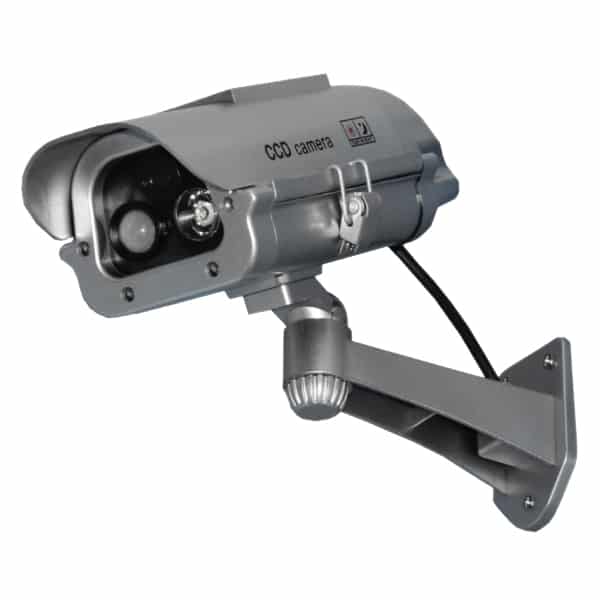
Installing your outdoor motion detection camera correctly can greatly enhance its effectiveness and durability. Choosing the right mounting locations and adjusting camera angles are crucial steps that you shouldn’t overlook. Let’s dive into some practical tips to get you started.
Firstly, consider the height at which you mount your camera. Too high, and you might miss important details; too low, and it could be easily tampered with. Ideally, place it about 8 to 10 feet above the ground. This height provides a clear view while keeping the camera out of easy reach.
Next, focus on camera angles. Your camera should cover the main entry points and any vulnerable spots on your property. Experiment with different positions to find the angle that gives the widest and most useful view. Make sure there are no obstructions like trees or decorations that could limit the camera’s line of sight.
Lastly, think about sunlight and weather conditions. Position your camera so that it isn’t directly facing the sun at times when sunlight can cause glare.
Also, ensure your camera has some shelter or protection against severe weather, which can extend its lifespan and maintain image quality.
When you’re integrating outdoor motion detection cameras with your home security system, it’s crucial to check for system compatibility features.
You’ll want to ensure that the cameras can communicate seamlessly with your existing setup.
Additionally, consider cameras that offer real-time alert functionality, so you’re instantly informed of any suspicious activity.
Outdoor motion detection cameras seamlessly integrate with existing home security systems, enhancing your overall safety and surveillance capabilities.
When you’re looking to beef up your home’s defense, it’s crucial to ensure your new outdoor cameras are fully compatible with your current setup. Here’s why and how these features matter:
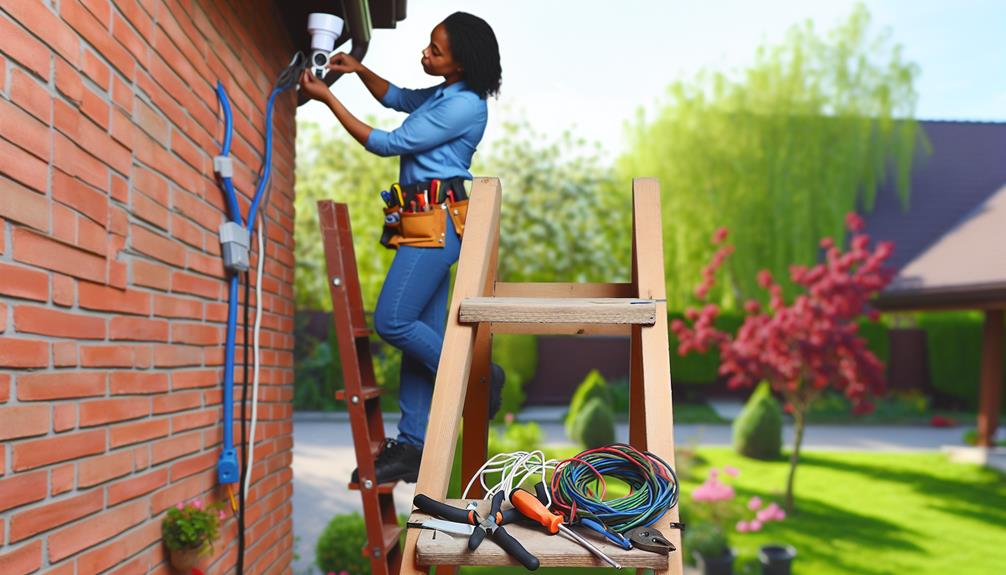
Real-time alert functionality in outdoor motion detection cameras takes your home security to the next level. With this feature, you’re not just recording what’s happening around your home—you’re actively being alerted to it. Whenever there’s unusual activity, your camera detects the motion and sends you smart notifications immediately. This means you’ve got instant access to your camera feeds, allowing you to react swiftly and decisively.
Here’s a quick look at how different systems integrate this technology:
| Feature | Description | Benefit |
|---|---|---|
| Instant Notifications | Send alerts to your phone or email | Enables immediate response |
| Live Streaming | Access real-time video via an app | Monitor situation as it unfolds |
| Integration Options | Works with existing home systems | Enhances overall security setup |
Choosing the right motion detection camera for your needs can be daunting with the multitude of options available.
To simplify your decision, let’s dive into a camera brands comparison based on user experience reviews. Here are the top models that you might consider:
Each camera brings something unique to the table, so consider what features matter most to you.
Whether it’s video quality, storage capacity, or detection accuracy, there’s a model that fits your specific outdoor security needs.
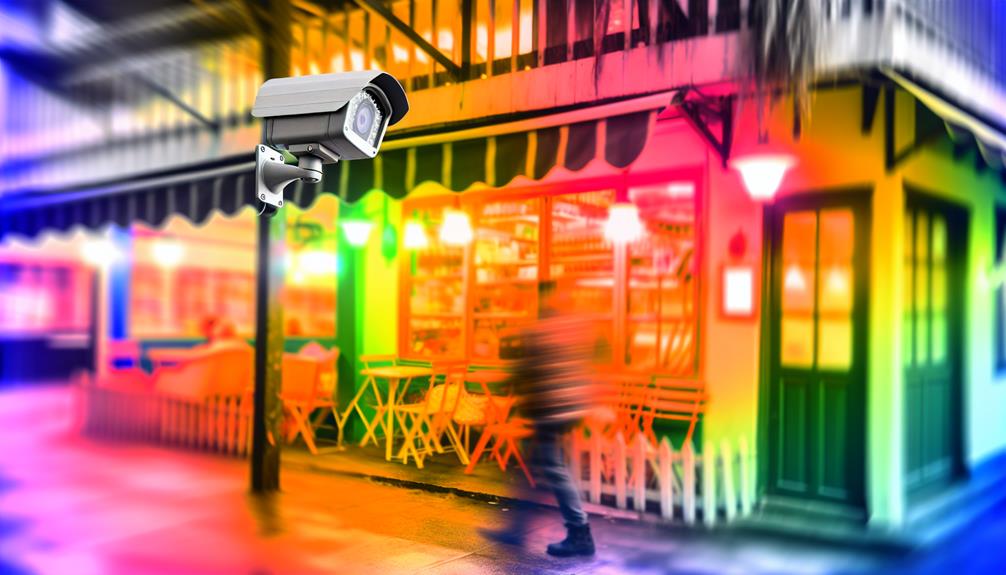
While selecting the perfect motion detection camera is crucial, maintaining it properly ensures it continues to function effectively over time. Regular upkeep not only extends the life of your camera but also guarantees you get the best performance out of it.
Let’s dive into some essential maintenance tips that you should keep in mind.
Firstly, battery maintenance is key. Most outdoor motion detection cameras are either battery-powered or have a battery backup. To avoid unexpected failures, you’ll want to check and replace the batteries periodically. It’s wise to schedule a regular check every three to six months.
If your camera uses rechargeable batteries, ensure they’re fully charged and hold their charge well. In case of performance drops, it might be time to get new batteries.
Next, let’s talk about keeping your camera’s lens clean. Dirt, dust, and water spots can significantly impair camera quality. For optimal clarity, clean the lens gently with a soft, lint-free cloth.
Use a lens cleaning solution if necessary, but avoid harsh chemicals that could damage the lens coating. Regular cleaning not only enhances image quality but also prevents long-term damage from buildup.
Before you install an outdoor motion detection camera, it’s crucial to consider the legal and privacy implications. Understanding the various laws and ethical concerns will help you navigate potential legal liabilities and uphold the respect for privacy in your community.
Here are four key points to consider:
You can’t record areas where there’s a reasonable expectation of privacy without facing legal consequences.
Always verify consent requirements to avoid infringing on privacy rights.
Data protection regulations typically require that recordings be kept no longer than necessary and be protected against unauthorized access.
Installing cameras not only affects privacy expectations but also how secure and watched over people feel in their daily lives.
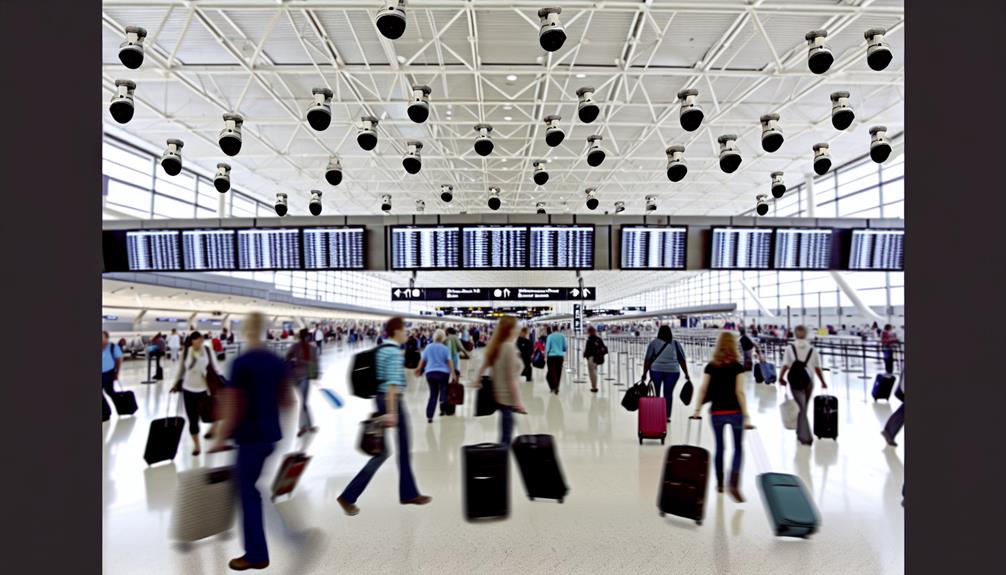
You might wonder if it’s possible to get color recordings at night.
While many devices typically switch to black and white for better clarity in low light, some advanced cameras equipped with special night vision capabilities can indeed capture video in color.
This depends heavily on the model and the technology it uses.
When dealing with wildlife interference, you might notice that animal behavior can significantly impact your equipment.
Animals, especially nocturnal ones, can trigger false alarms or even damage devices if they’re curious or aggressive.
You’ll want to position your sensors strategically to minimize these disruptions.
Consider adjusting the sensitivity settings or installing protective housings to ensure that your system remains effective without being overly responsive to small or non-threatening movements.
The lifespan of these devices largely depends on how well you maintain them and their ability to resist weather conditions.
Regularly cleaning and checking for damage can help extend their life. Typically, they last between 5 to 7 years, but with diligent camera maintenance and if they’re built with strong weather resistance, you might get even more years out of them.
Always follow the manufacturer’s instructions for the best care and optimal performance.
Yes, you can find solar-powered options available for your needs.
These cameras harness solar technology, eliminating the hassle of frequent battery changes. When selecting one, consider camera placement vital for maximum sunlight exposure to ensure efficiency.
This eco-friendly solution not only saves energy but also provides reliable security by staying powered during sunny days.
Always check product specifications to confirm solar compatibility and optimal placement recommendations for the best performance.
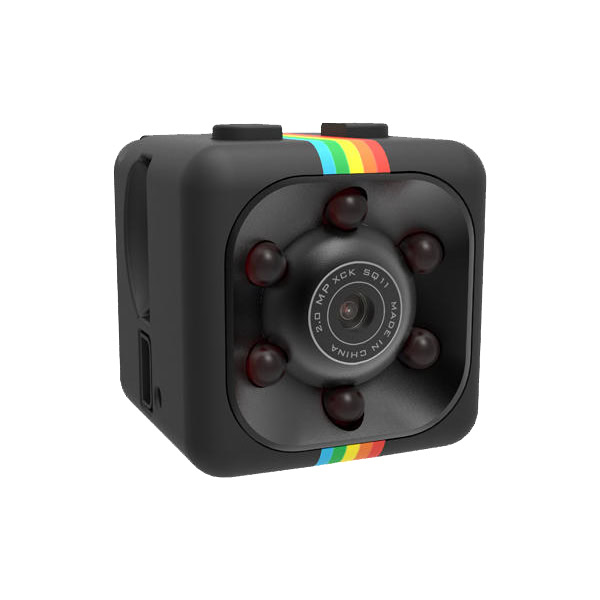
You might find that motion detection cameras struggle to work through glass or windows due to glass reflections and infrared sensitivity issues.
The glass can reflect IR light, which confuses the sensor and impairs its ability to detect movement outside.
If you’re keen on monitoring an area through a window, consider using cameras specifically designed for indoor use or those that can adjust their sensitivity to mitigate these reflection issues.
That’s it! You’ve got a solid grasp on outdoor motion detection cameras now. Remember, choosing the right model and installing it correctly can make all the difference. Keep it integrated with your home security system for real-time alerts and ensure regular maintenance to prolong its life. Always consider the legal and privacy aspects before setting up. With these tips, you’re well on your way to enhancing your home’s security and enjoying greater peace of mind.
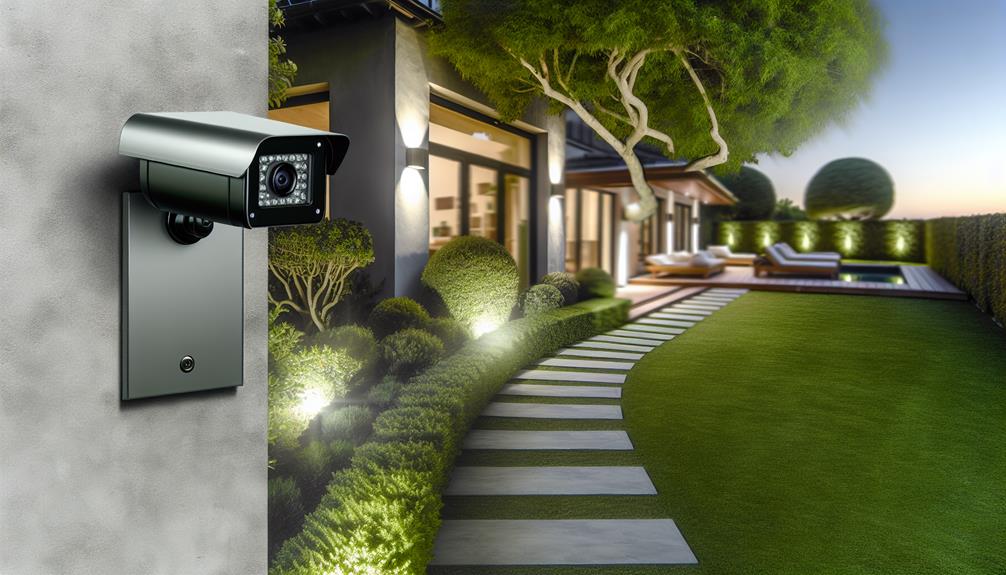
Brainstorm Security Shop
1867 Caravan Trail
Ste 105
Jacksonville, FL 32216
Call us toll free: (800) 859-5566